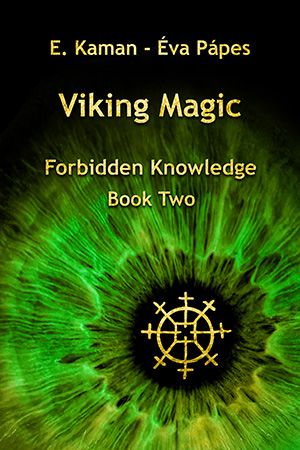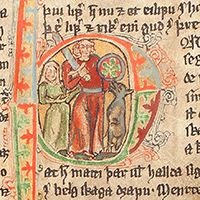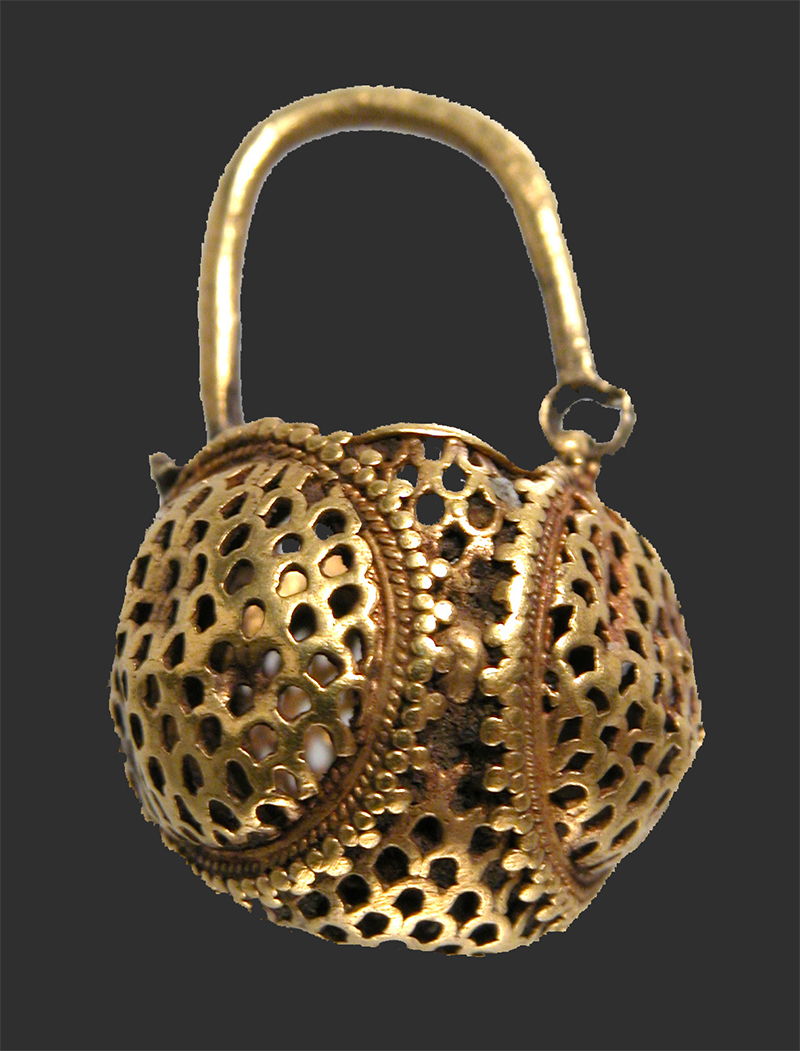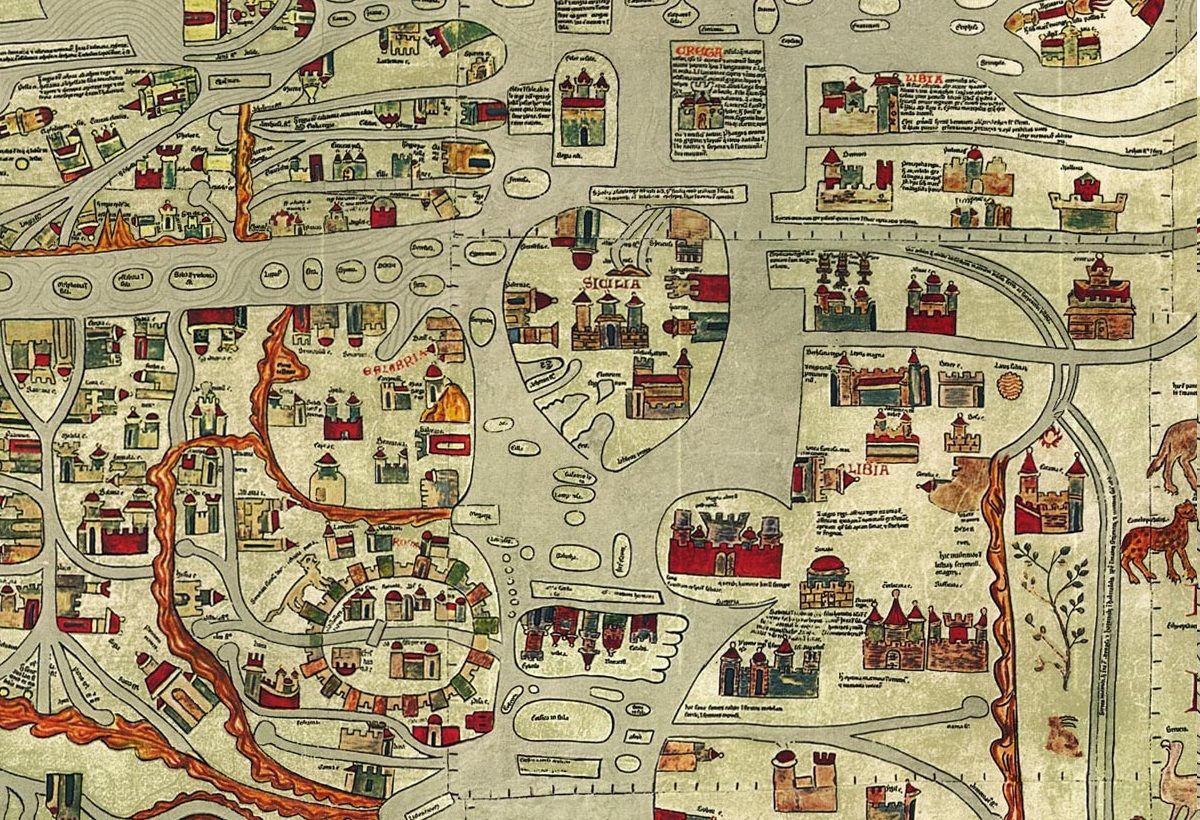




In the second volume of Forbidden Knowledge, we ask how to best approach that magical world in which our all-powerful and all-wise seeress and sorceress ancestors lived.
To really see and understand them, we must examine from every possible angle those everyday practices, or “ways,” that were woven into the fabric of their lives.
But first, it is worth casting our gaze upon the matter of general lifestyle: how they lived, thought, perceived their environment; and what they would have regarded as true and real. To do so through the lens of the modern scientific worldview – the perspective with which we are taught to approach our own lives – would lead us quickly astray. Specifically, without some knowledge of the ways in which the Old Norse conceived of the supernatural and spiritual, it would be difficult to comprehend what magic actually meant to them.

In the first part of Volume 2, we explain how people in the Viking Age imagined the physical, mental, corporeal, and spiritual state in which they lived and the processes that composed it, before moving to a discussion of the divine forces to which they looked for succour.
We learn, for example, of the science of shape-shifting, the guardian force (hamingja), and the capacity for premonition (fylgja).
We also take a look at the Old Norse realm of the dead and even encounter some beings that today would be classified as undead. One of the central themes of the book is the exploration of various supernatural entities such as revenants, draugar, and trolls.
These creatures, often depicted as malevolent beings were believed to inhabit the world alongside humans. We examine their characteristics, origins, and roles in folklore, as well as their representations in contemporary media and literature.
Additionally, the book delves into the concept of the afterlife in Norse beliefs, focusing on Hel, the realm of the dead. We discuss how ancient Norse people viewed death and the journey to the afterlife.
Moving beyond abstract concepts, the narrative displays specific examples and stories from Norse mythology and folklore. These narratives not only provide insight into Norse beliefs but also offer a glimpse into the cultural and societal contexts in which they emerged.

With this background material under our belts, we then move to magical techniques and practices employed by ancient Norse practitioners.
We provide explanations of Seiðr, a form of Norse magic associated with shamanic practices, as well as other magical techniques such as illusion, verbal spells (Galdr), and rune magic.
Through meticulous analysis, we offer insights into how these techniques were used, their effects, and their significance within Norse society.
In the last part of the book, we introduce various magical implements, including amulets, talismans, wands, and staffs. We talk about their origins, symbolism, and roles in magical rituals, drawing on archaeological findings and historical accounts to provide a comprehensive understanding of their significance in Norse culture.

The world of the sagas is a peculiar one: frequently frightening and uncompromising, at other times tragic, yet not without a dash of humour.
What is certain, however, is that during the period they describe, the now-forbidden knowledge of the Old Norse still occupied its natural place in daily life.
As for women, when they used their abilities in service of others, they were looked upon with honour and respect; when they used them for harm or repression, they were regarded with fear.